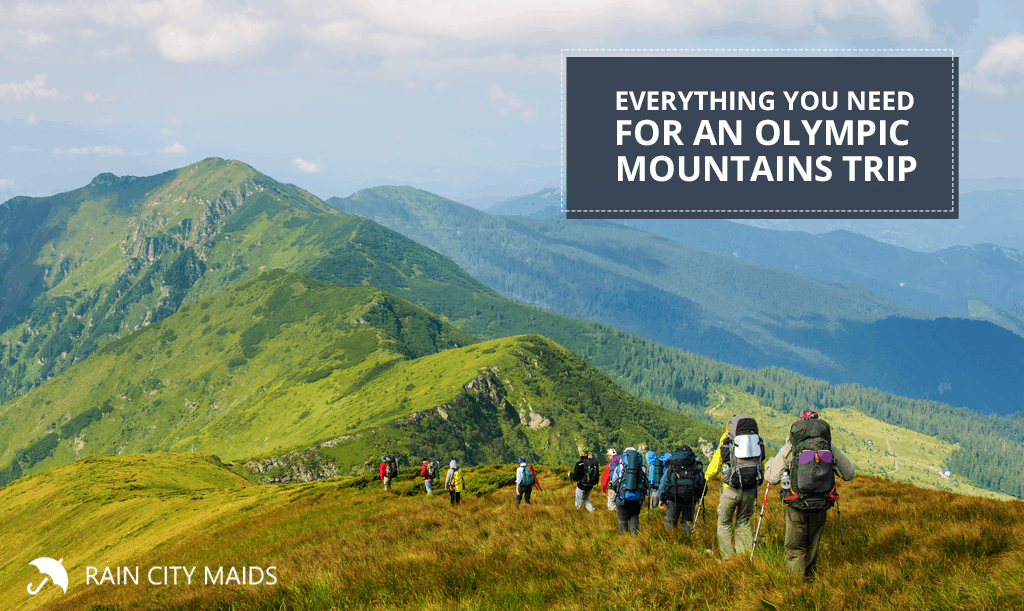The Olympic Mountains are a beautiful mountain range located in the Olympic Peninsula of western Washington, across the Puget Sound from Seattle. While not particularly high, their closeness to the Pacific Ocean and the lakes, valleys and forested slopes that surround them make for an amazing collection of northwestern vistas.
Thankfully, the park is open 24 hours a day, year-round, so you don’t have to limit your plans because of scheduling conflicts. We’ve put together a list of what to see and do if you’re planning a trip to the amazing Olympic National Park and how to best enjoy it. Let’s get going!
Where to go?
Olympic’s Northern Port Towns
OK, these are technically not a part of the Olympic Mountains themselves, but they have such a quaint beauty all of their own that we’d be doing you a disservice not to recommend at least a quick stop at them. From Seattle, just take the ferry to Bainbridge Island and go northwest, then take the turnoff to Port Townsend.
This lovely port town is a great launching point for whale watching tours, and it’s filled with great lookout points to the surrounding natural beauty. You shouldn’t miss it.
Visiting Hurricane Ridge is also highly recommended because of the old growth forests you can see and visit from there. However, the 75-mile-an-hour winds that can blow in the area during the winter, and which give it its name, should discourage you to visit the place, at least until after March.
Know where to stay
Lodging inside the park is available seasonally, with the summer months being the busiest time of the year, so plan your visit accordingly. Your options are the Lake Crescent Lodge, Log Cabin Resort, and Sol Duc Hot Springs Resort. The only year-round accommodation available, however, is the Kalaloch Lodge.
Outside of the park, several towns, communities, and reservations offer additional accommodations, so you can look into them if you don’t mind the longer trips between park and lodging. The good thing is they’re all so neat you’ll want to bring that feeling home.
Hiking in Olympic
The key to having a good time while traversing Olympic is planning your activities with time and distance in mind because there are no roads that cross the park. This also means you have to pay extra attention to your hiking gear and supplies before you set off.
Most of the peaks in the range don’t have trails to their summits, but the trail system will lead you to the basins, lakes and peak-surrounded passes so you won’t feel like you’re missing out on the beauty of the place.
Be sure to plan a route that touches on all the fantastic ecosystems in the park: coast, temperate forest, lowland forest and subalpine. If you bring your camera with you, you’ll end up with a collection of breathtaking memories to take home.
The Hoh Rain Forest, with its annual 135 inches of rain, is home to some of the biggest trees you’ll ever see, and the way they rise from the moss and ferns covering the ground makes for an incredible sight. The forest is also home to the Olympic National Park conservation Roosevelt elk herd, another fascinating natural but one you should take your precautions around.
Next to the forest is a series of small beaches bordering the Pacific Ocean, and if you want to stay a little longer and enjoy every activity it offers before heading back, Kalaloch Lodge is a good option to pass the night.
Finally, you can explore Lake Quinault and the surrounding Quinault Valley if you follow US 101 out of the park. Its trails traverse another old growth forest that it’s worth every step to see with your own eyes and then set out to the lake to paddle a little on a kayak or a canoe. From the deep blue water reflecting the surrounding greenery in the morning to the sunset-painted afternoon sky, incredible views await you all through the day.
